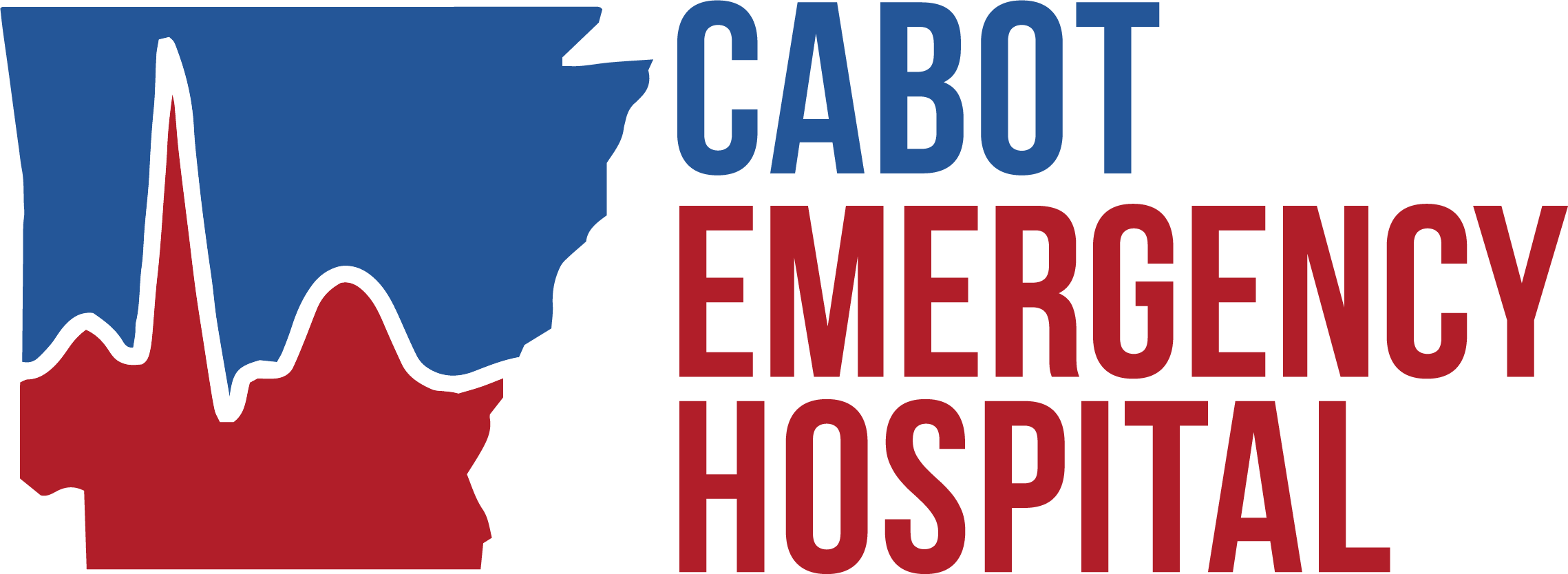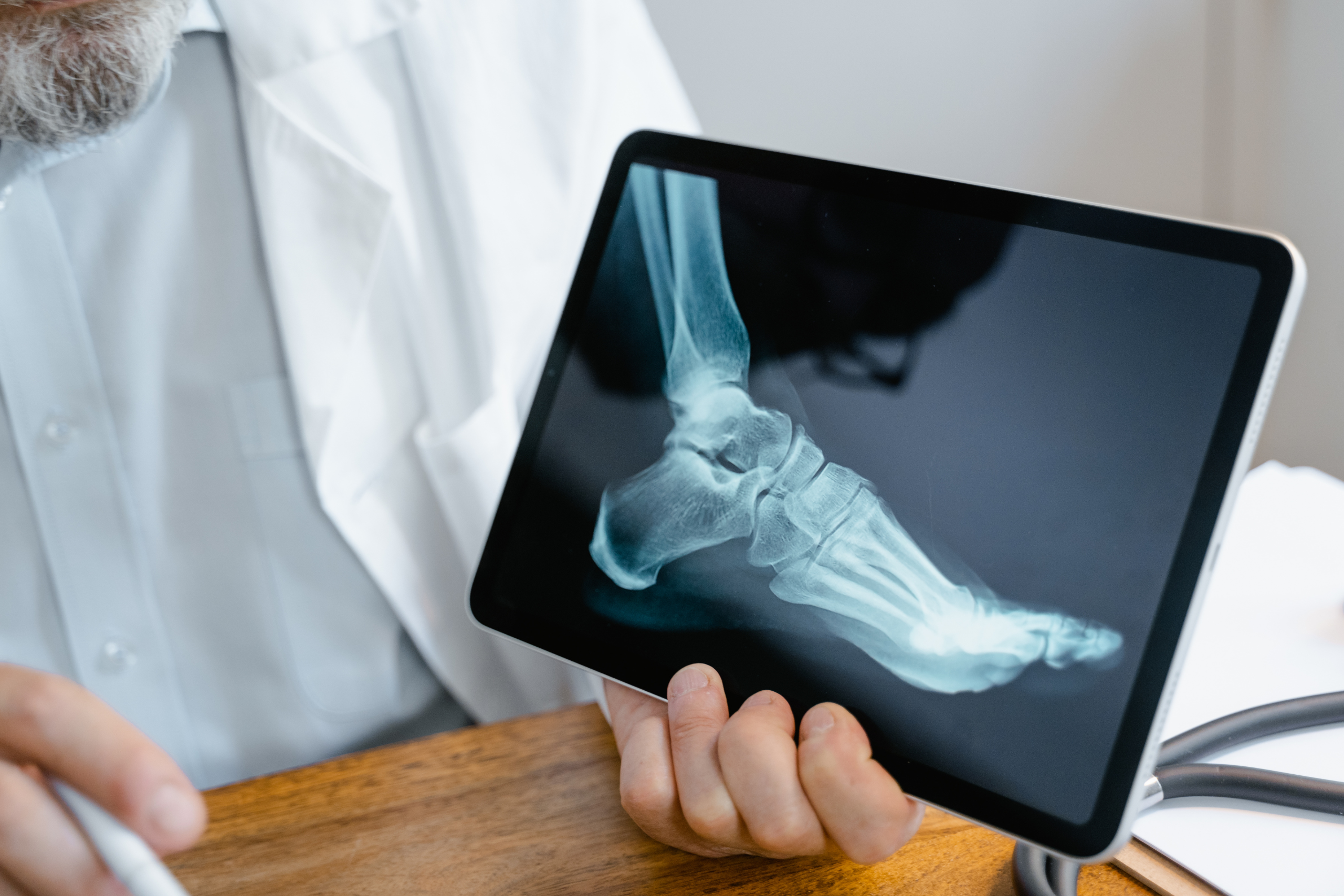The Immediate Steps to Take When You or a Loved One Breaks a Bone
If you have luckily never broken a bone, when faced with the question “is my bone broken or not,” it can be more difficult to determine than expected. In many cases, most people who think their bone is broken have only experienced a sprain or dislocation. Prepare yourself for what to do if ever faced with a broken bone.
Oh no! You slipped on a wet floor, fell, and a shock of pain shot up your knee. Is your bone broken? Oh no! Your child smashed his hand in the door. Is his finger broken? Accidents that end in a broken bone, medically known as a bone fracture, are common, with about 6 million diagnoses yearly.
Unlike diagnosing a migraine from headache pain or a skin rash from touching a poisonous plant, knowing if your bone is broken can be difficult to diagnose without advanced medical technology. If you are experiencing any extreme symptoms after an injury, it is vital to do the following:
- Seek Emergency Medical Help Immediately
- Do Not Move The Area of Injury
- Use Your Friends and Family for Assistance
4 Signs That a Bone is Internally Damaged
Bone injuries are nothing to be relaxed about but sometimes it may be hard to tell what is going on internally. After a severe injury, it is important to watch for symptoms. If you are experiencing any of the following, your bones may have internal damage.
1. Extreme Bruising
Anytime your body experiences injury or trauma, the body’s tissue will usually show bruising. However, this is much more apparent in a bone injury, accompanied by other trauma signs. An internal bone injury is generally noted by a larger than usual dark purple bruise.
2. Unusual Tender Feeling
Not just a slight bit of feeling uncomfortable, we are talking about a sense of tenderness that makes you cringe, jump, or even scream at the touch. This is a huge sign of an underlying injury.
3. Deformity
Bones having a strange appearance, bending in an un-normal way, or even sticking out the skin is a sign a bone is severely injured, and medical attention is needed expeditiously.
4. Extreme and Continuous Swelling
When a body endures trauma or injury, one of the body’s first internal reactions is swelling to protect the organs. You may experience swelling with a slight injury, however, anytime you notice extreme swelling, a physician’s opinion is recommended.
Types of Bone Injuries
There are serval types of bone injuries. Just because you are experiencing symptoms after trauma does not mean a bone is necessarily broken.
- Bruise
Your bone is living tissue like your skin, and if something hits it hard enough, it can bruise. Blood trapped under your bone after an injury is similar to blood trapped under your skin. Bone bruises typically heal on their own quickly compared to other bone injuries.
- Dislocation
This occurs when a bone moves out of place in the body, specifically at the joint. Dislocation is the temporary deformity and immobilization of a bone and usually heals quickly with rest and rehabilitation. Sometimes a bone’s position cannot be corrected and surgery is required. Those that have dislocations are at risk for repeat occurrences.
- Sprain
This type of injury is common in sports. A sprain is not technically an injury associated with the bone but with the bone’s ligaments being stretched or torn. A broken bone is typically accompanied by a sprain. The treatment and recovery process is very similar to a fractured bone with a cast or crutches and even surgery if the tear is too damaged.
- Fracture
A fracture or broken bone happens when trauma leads to a crack or multiple cracks in the actual bone. The severity of a fracture varies. Some people may only need a splint or cast to fix the issue. In some severe cases, surgery and extensive rehabilitation are required. The recovery depends on which bone broke and the course of treatment.
No matter the bone injury, it is important to receive an expert examination and imaging.
Diagnosing a Broken Bone
If a physician suspects a bone is broken, the only way to confirm the diagnosis is through an X-ray or CT scan. Also, the technology will be able to tell what type of break it is and what other damage may be present around the site of injury.
Access 24/7 Injury and Wound Care
Sudden trauma or injuries can be scary. After the initial shock, a care plan must be made since time is an important factor in any emergency. At Cabot Emergency Hospital, we provide access to 24/7 injury and wound care without the typical wait of the traditional hospital. Our expert care physicians and trained to handle any medical emergency – sprains, fractures, sports injuries, dislocations, etc. – at our state-of-the-art emergency room facility with an onsite laboratory.
Disclaimer: As a service to our readers, Cabot Emergency Hospital and Nutex Health state no content on this site, regardless of date, should ever be used as a substitute for direct medical advice from your doctor or other qualified clinicians.





Comments are closed